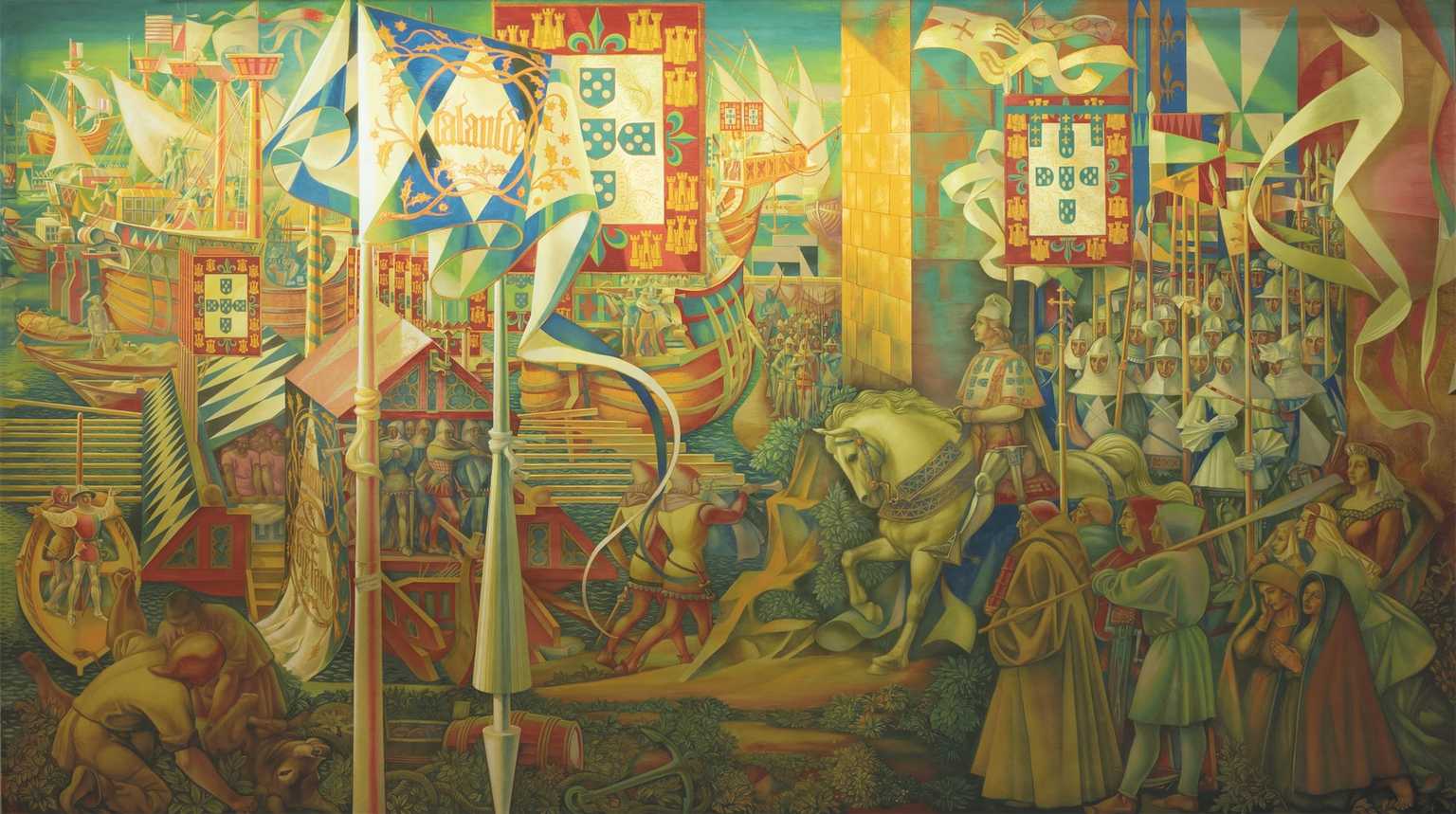
Art in the Palace of Justice
Fifth Floor


This is the floor where the visitor finds the greatest number of artistic interventions in the Palace of Justice, including the most imposing and relevant ones. Imposing thanks to its sheer size and harmonious interior design, the Court Room is the building's most important division, with its side walls decorated with monumental frescoes (9.40 x 5.75 m) by Jaime Martins Barata [1899-1970] related to two relevant episodes of the History of Portugal and in which Porto had a prominent role.
- On the eastern wall there's a depiction of the marriage of King D. João I and the English Philippa of Lancaster, in Porto, strengthening the Anglo-Portuguese alliance. Influenced by the Porto bourgeoisie, this was crucial for the young monarch's accession to the throne. The royal couple would return to Porto on other occasions.
- In 1394, Henry, The Navigator will be born in this city and will then return to his home town in 1415. The fresco on the western wall represents the departure, from Porto, of Henry's armada to Ceuta, thus initiating the Portuguese Maritime Expansion and the process of Globalization. The panel portraying the Prince on horseback also shows the legendary detail of the gut casing extraction of one of the many carcasses that would then be salted and sent with the boats and men, so all the meat disappeared from the city, thus creating the distinctive culinary delicacy "Tripes à la Porto" (Tripas à moda do Porto).


Next to the Court Room we find the Court of Appeal Hall of Sessions. As a general rule, this room is not open to the public, but it's where we can find two remarkable frescoes painted by Dordio Gomes [1890-1976], representing two historical courts:
- The 1385 Coimbra court. These courts would prove decisive in the defence of the national independence. In this period, the intervention of João das Regras assured (for the only time in all the long history of the Portuguese monarchy) that a bastard ascended to the throne: Mestre de Aviz, illegitimate son of D. Pedro I, acclaimed on these courts as King D. João I.
- The 1254 Leiria court, in which the monarch Afonso III enforced for the first time the representation of the People.
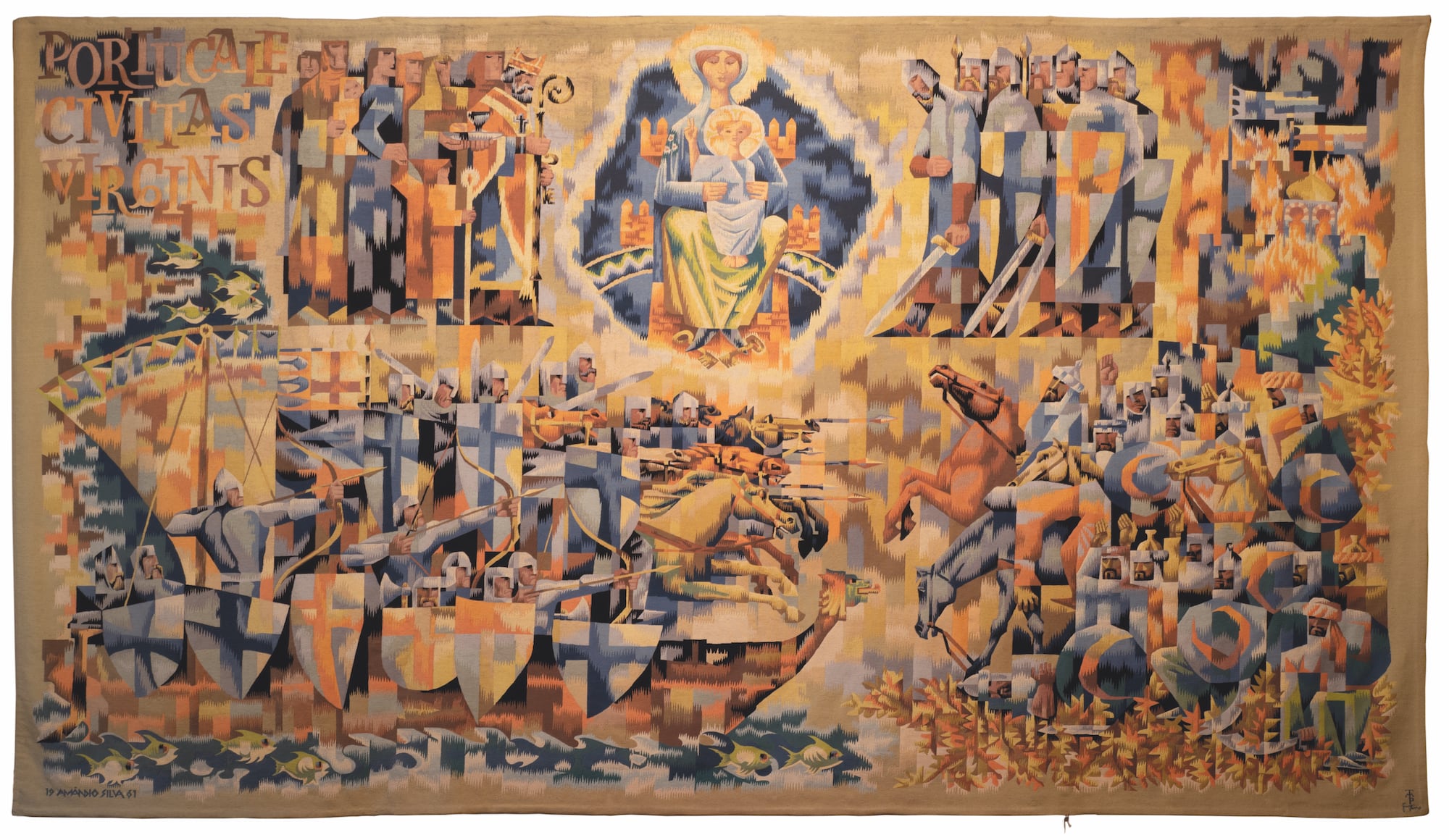

Right next to it one can find the premises of the Presidency of the Court of Appeal. In the Reception Room we can see a tapestry by Amândio Silva [1923-2000], entitled "Portucale - Civitas Virginis", addressing the legendary episode of the Gascons' armada, allies of the Christians in expelling the Muslims and reconquering the city. This legend would give origin to the image of the patron saint of Porto: Our Lady of Vendôme.
In the Office of the President of the Court there's a large oil painting depicting António Luís de Seabra, 1st Viscount of Seabra, responsible for preparing the Portuguese Civil Code, which came into force in 1867 and lasted for a century.
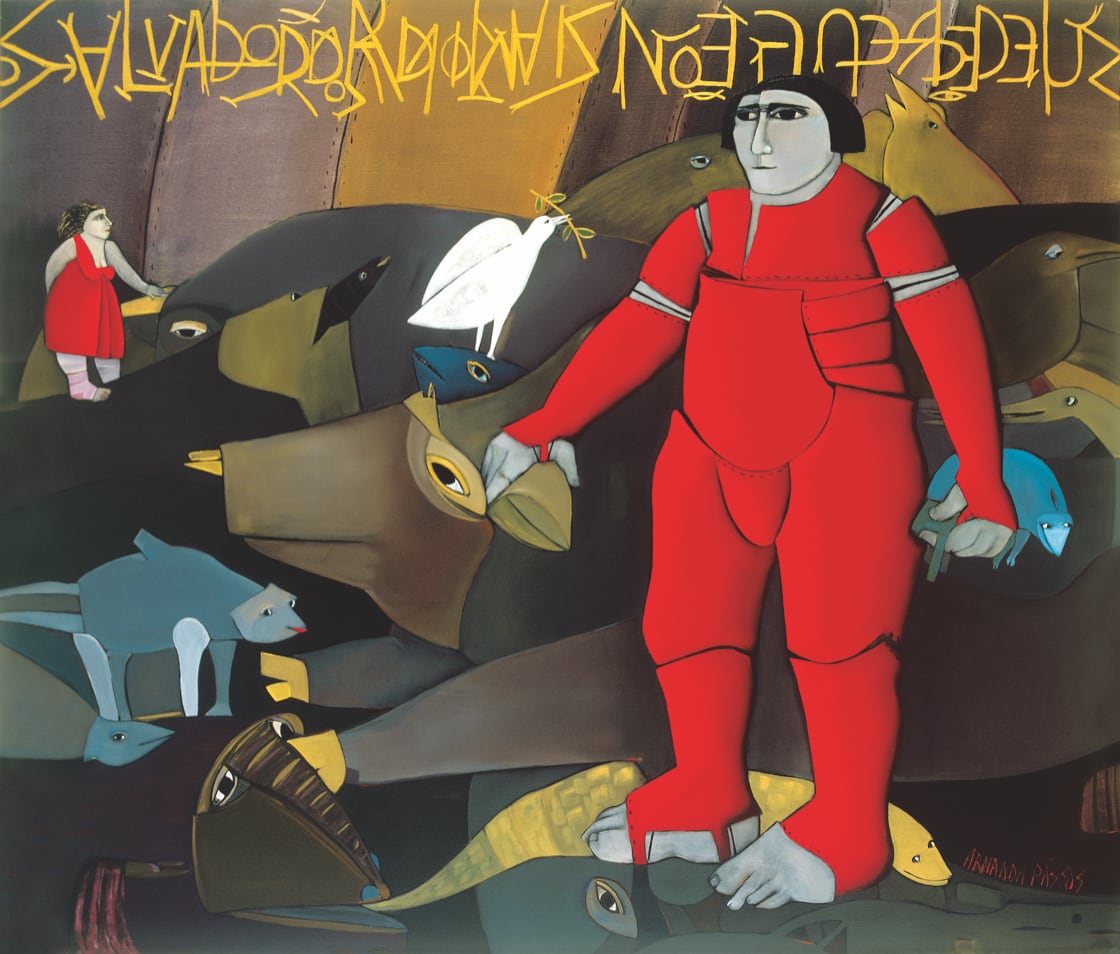
Following the Commemorations of the Palace of Justice 60th Anniversary, the painter Armanda Passos was invited to become part of the body of artists represented in the building, with a work of her authorship in the 5th floor atrium of Porto’s Court of Appeal Court Room.
The work entitled “Noé Homozigótico – Arca de Noé” (Homozygotic Noah - Noah's Ark), oil on canvas, is 2 meters wide by 1.7 metres high. Undated, signed and catalogued in the book "Casa Armanda Passos".
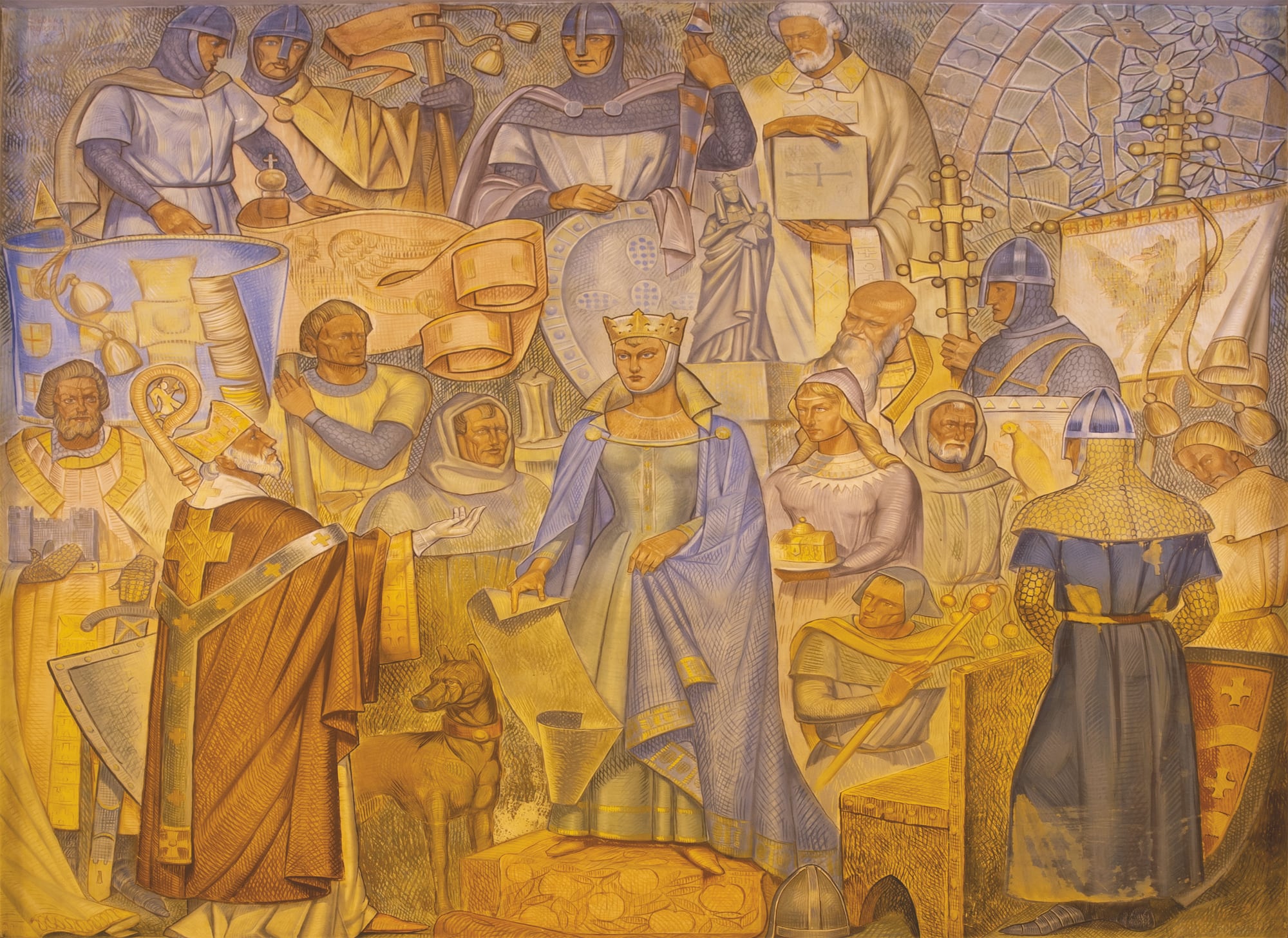
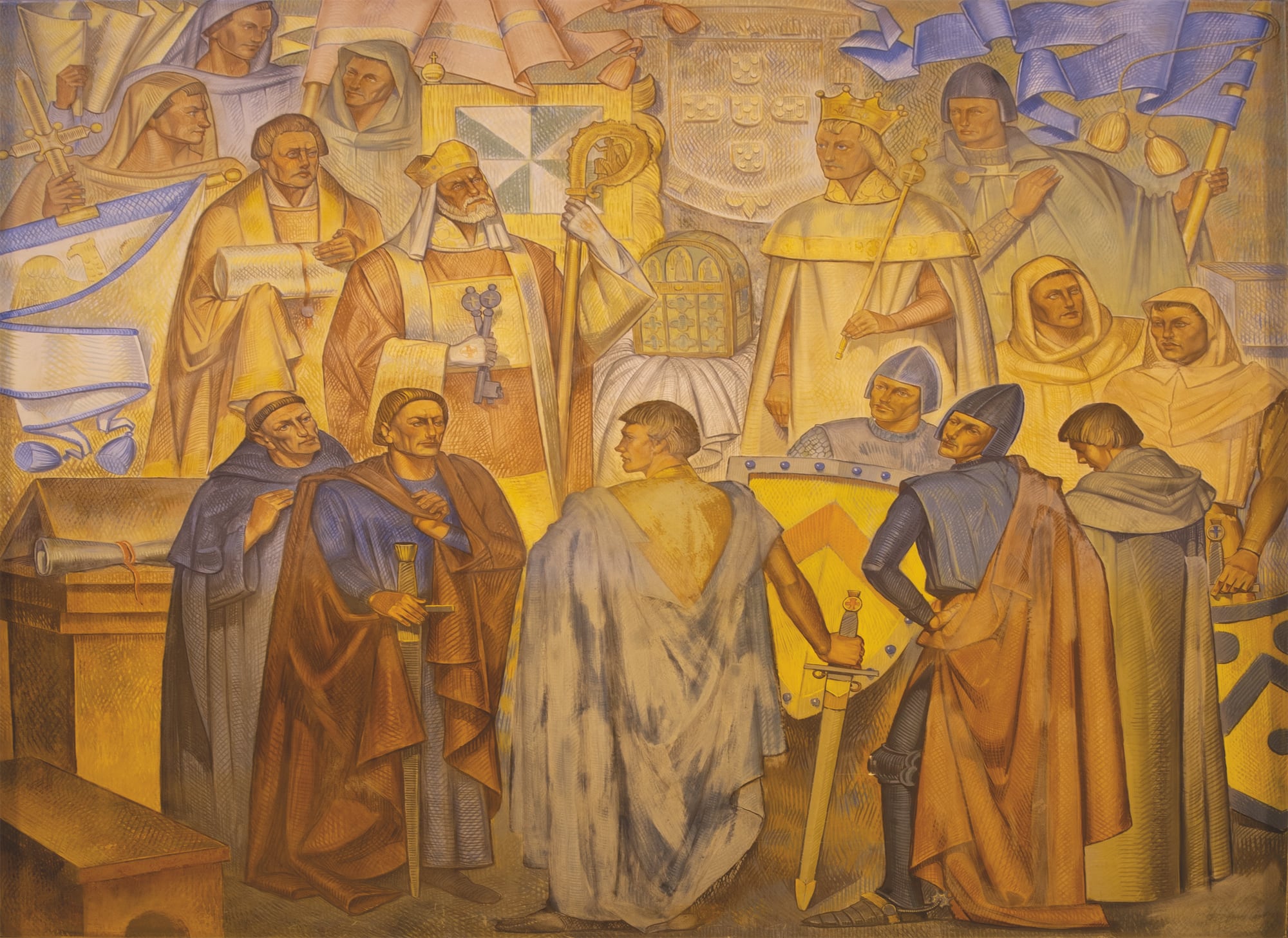

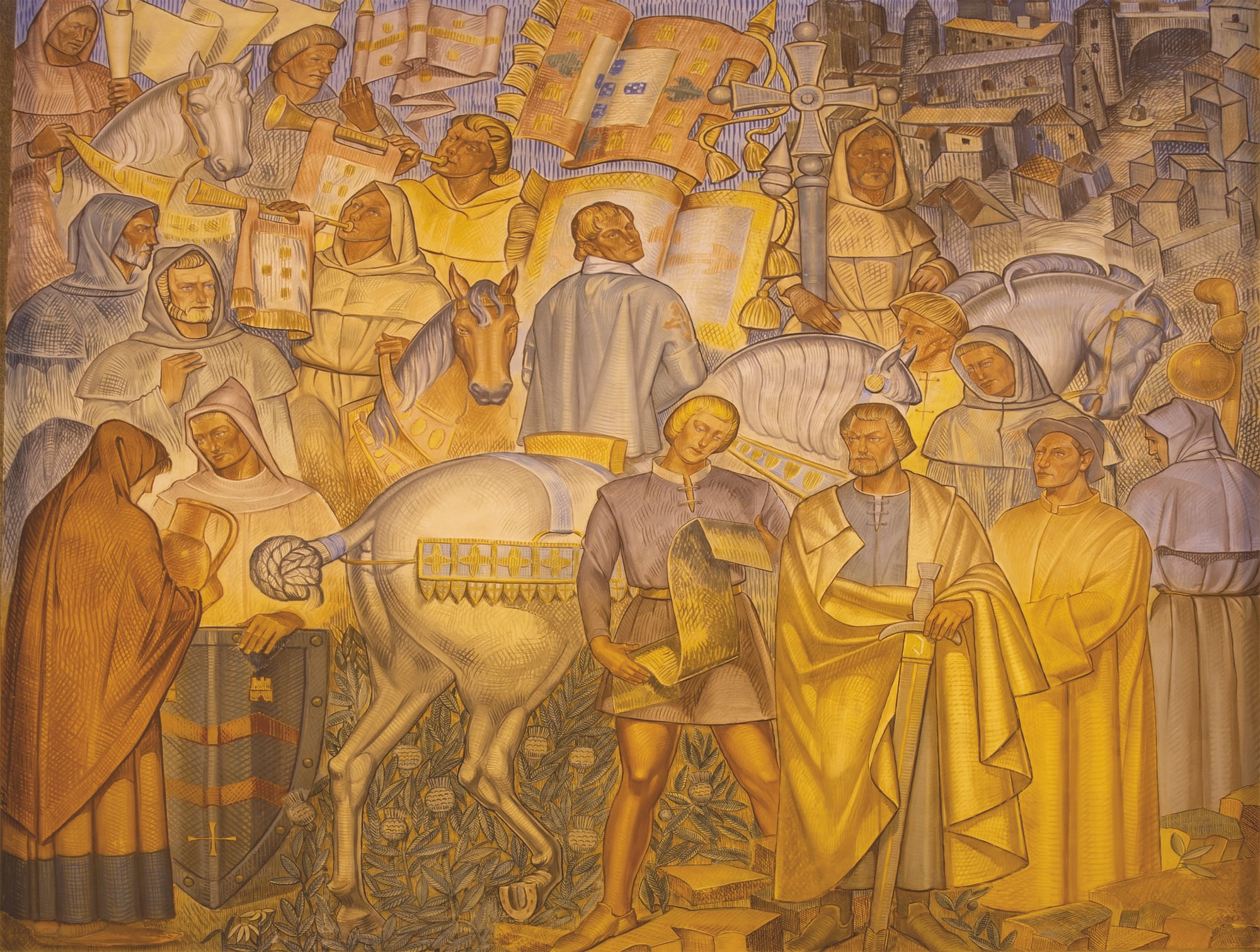
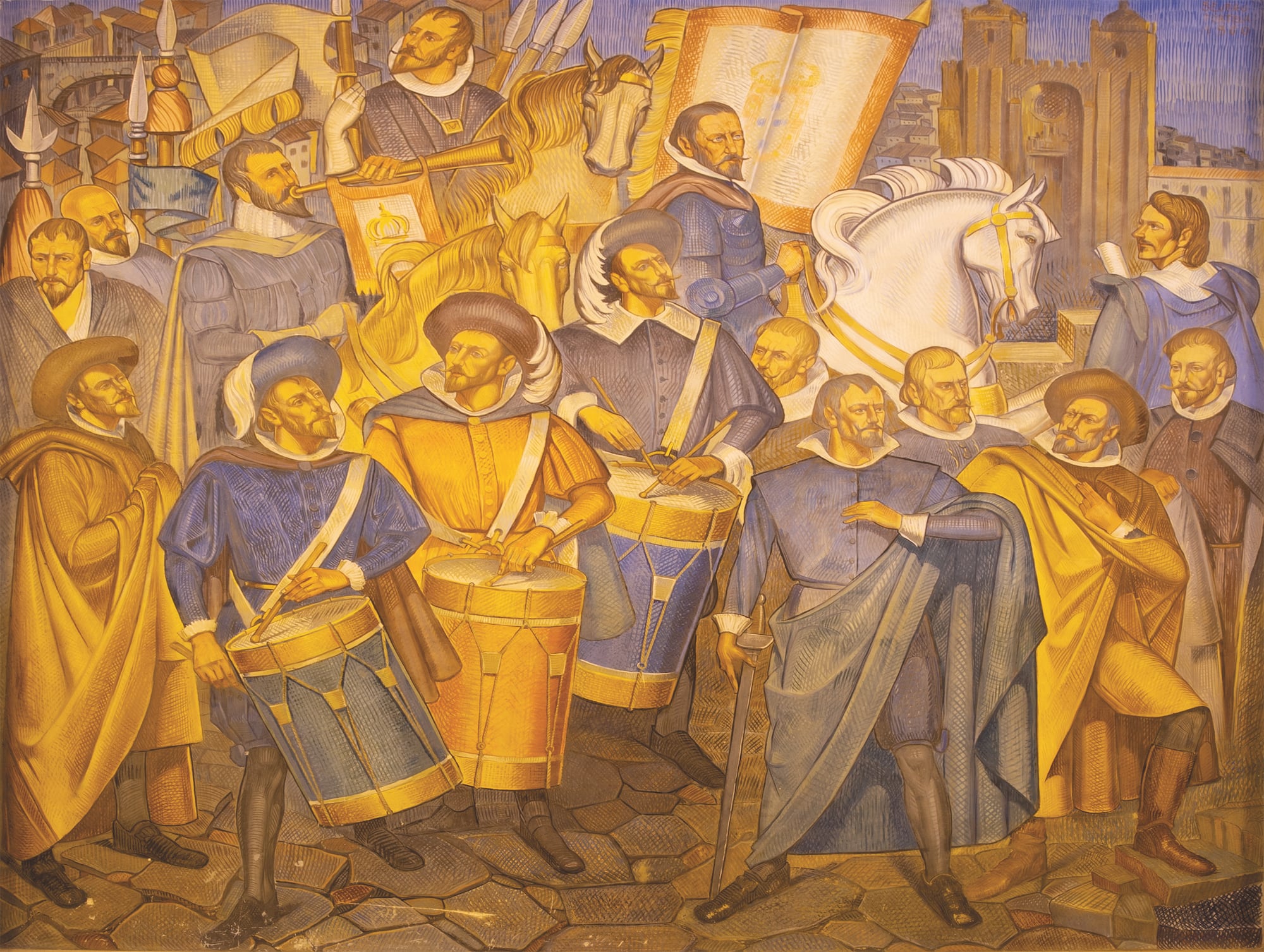
Next to the Presidency premises there's the unmissable Judicial Museum of Porto. Created in 1991, this museum accommodates historical processes (such as Camilo Castelo Branco, Zé do Telhado or Urbino de Freitas), very old Law books, and a remarkable collection of objects that testify and narrate the history of the Court of Appeal of Porto. The Hall of Lost Steps on this floor features five fresco panels by Severo Portela Júnior [1898-1985], representing five episodes of the city's involvement in the origin and defence of national independence: the granting of the Borough Charter to the Bishop of Porto, at the beginning of the 12th century, by D. Teresa, head of the Portucalense County; the subsequent withdrawal of the Lordship of Porto from the Bishop; the festivities in Porto after the crucial support of the people and bourgeoisie of the city to the accession to the throne of King D. João I following the dynastic crisis of 1383-85; the festivities in Porto after the Restoration of Independence in 1640; and the uprising of the city against Napoleonic troops, during the French Invasions of the early 19th century. In the Hall of Lost Steps it's also worth mentioning the porch of the courtroom, with several coats of arms belonging to the councils of the judicial district of Porto (1961), carved in bronze by Irene Vilar [1931-2008] and Maria Alice da Costa Pereira.

On the 5th floor, there is a fresco by Isolino Vaz [1922-1992] in the Conference Room, portraying the inauguration of the Commercial Court of Porto in 1834, with a special focus on the speech read by José Ferreira Borges, mentor of Commercial Law.
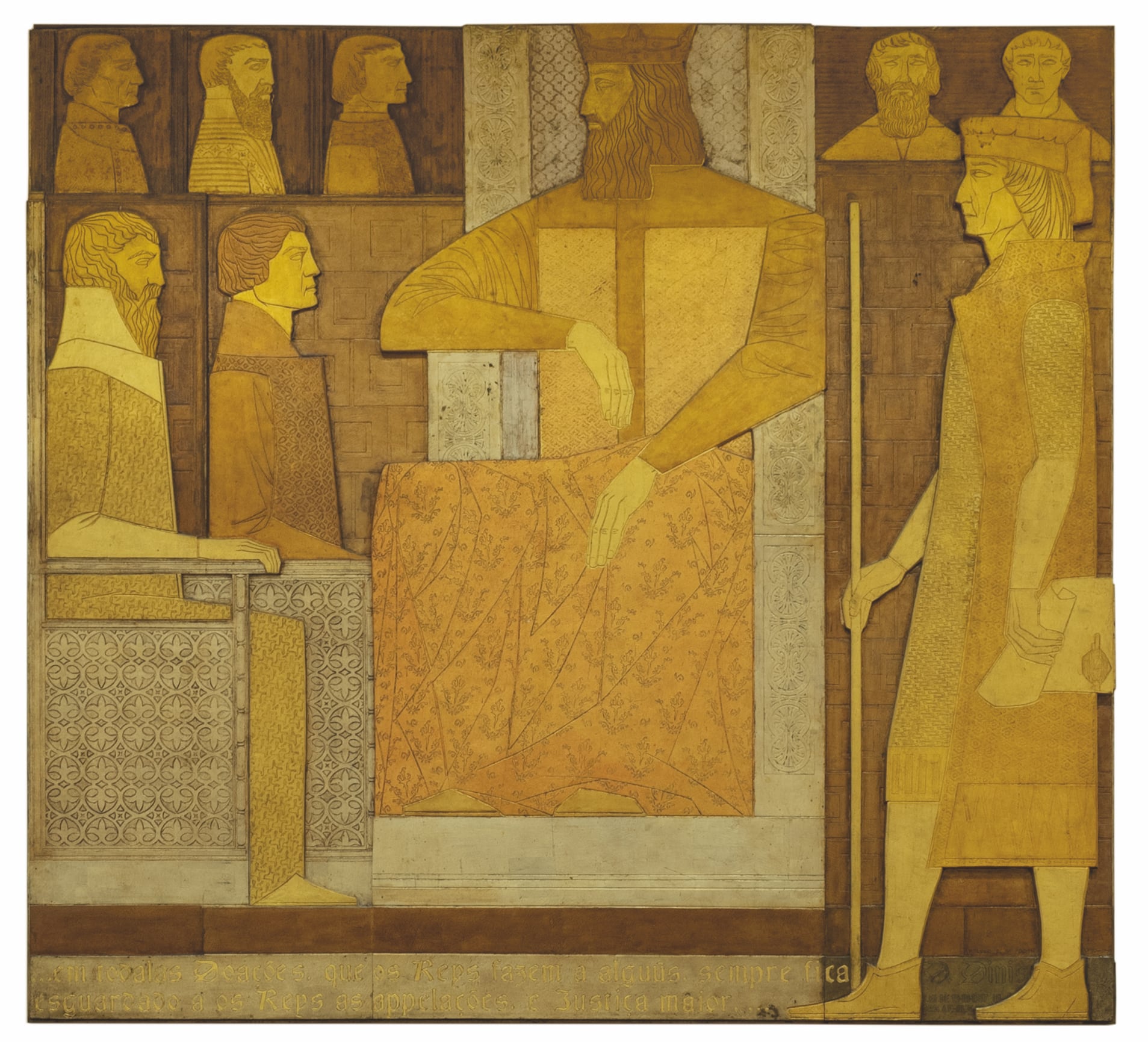
In the Court Room of Court 2 the artistic intervention is of a different type: a polychrome bronze by Arlindo Rocha [1921-1999] evoking the Royal Council of D. Dinis (early 14th century) and, to the right of the King's image, stands a Corregidor with the Rod of Justice.